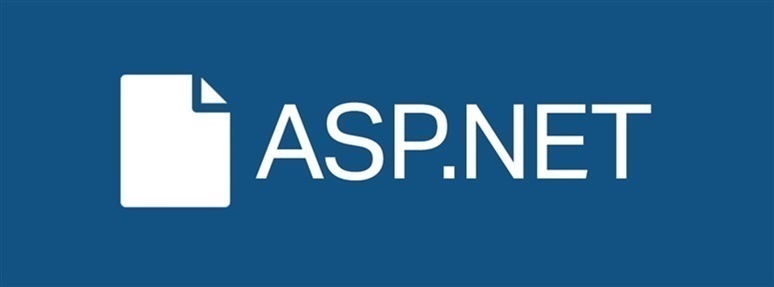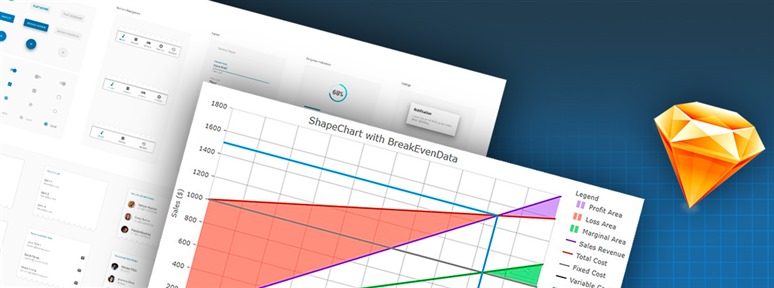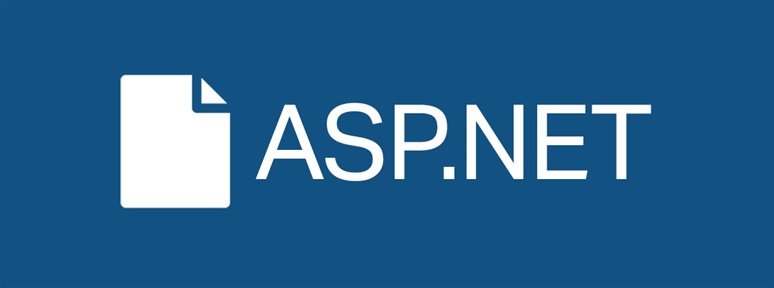In the last decade, the Web has taken multiple long strides. From basic HTML, web pages developed a richer look and feel, and are getting more intuitive, user friendly and glossier every day.
The App Builder Blog
Areas are some of the most important components of ASP.NET MVC projects. The main use of Areas are to physically partition web project in separate units.
Have you ever used filters with the ng-repeat directive as shown in the listing below? If so, then you’ve used a filter in an AngularJS application. AngularJS provides us many in-built directives like search. If required, AngularJS also allows us to create custom filters, which we’ll explore in this post. AngularJS gives us a simple […]
One of the most exciting evolutions on the web today is the ever increasing number of publicly available APIs as exposed by companies and individuals.
Some developers may struggle with the differences and usage of ViewData, ViewBag, and TempData in ASP.NET MVC. This blog post will explain it all.
Chart annotations can provide extra detail, highlight points of interest or simply be used for disambiguation purposes. However, filling a graphic with annotations can distract from the visual salience of the data itself, so it's important to find the right balance.
The Entity Framework Code First approach allows us to create a model as a plain class and then the database gets created from the domain model or entity class. In the Code First approach, the database gets created from the classes.
Consider this the simplest how-to guide to enabling CORS in your APS.NET Web API. Check out all the steps in this article and learn more today.
I have often seen entry-level developers struggling with user input validation in AngularJS single page applications. In this post, I will give a quick but useful introduction of validations in AngularJS; consider this post as a base learning document from which you can do further learning.
One of our design goals is to provide a distraction-free design time experience. As part of this, we try to reveal functionality depending on where you are in the design flow and in context.





